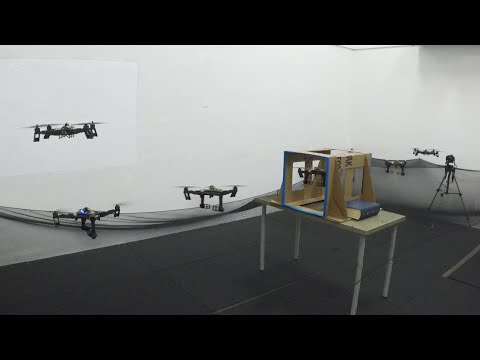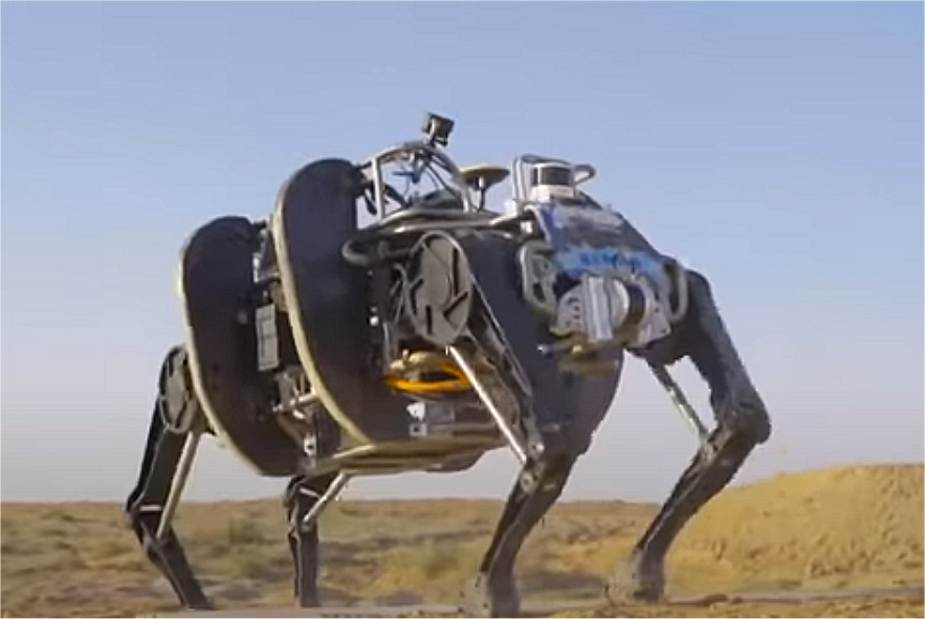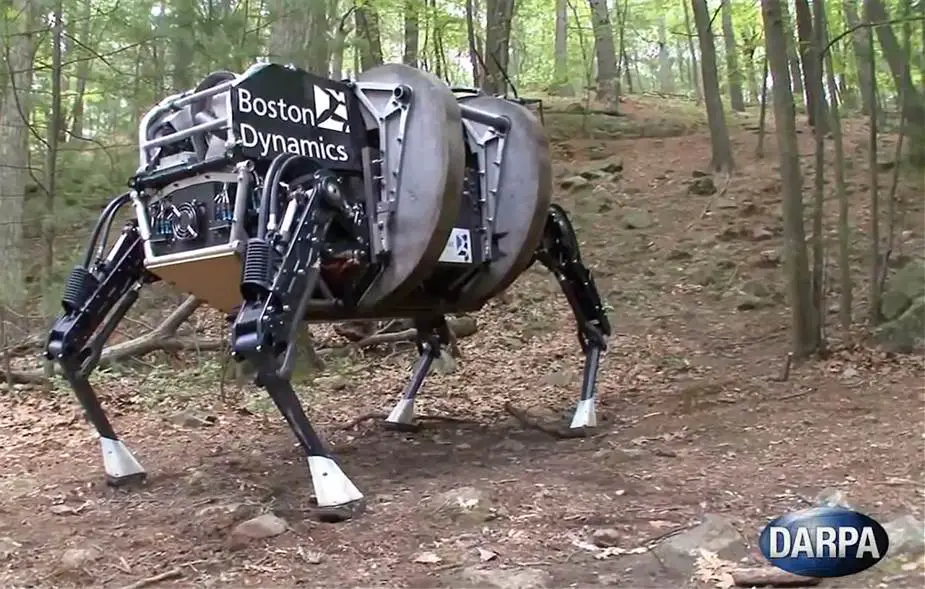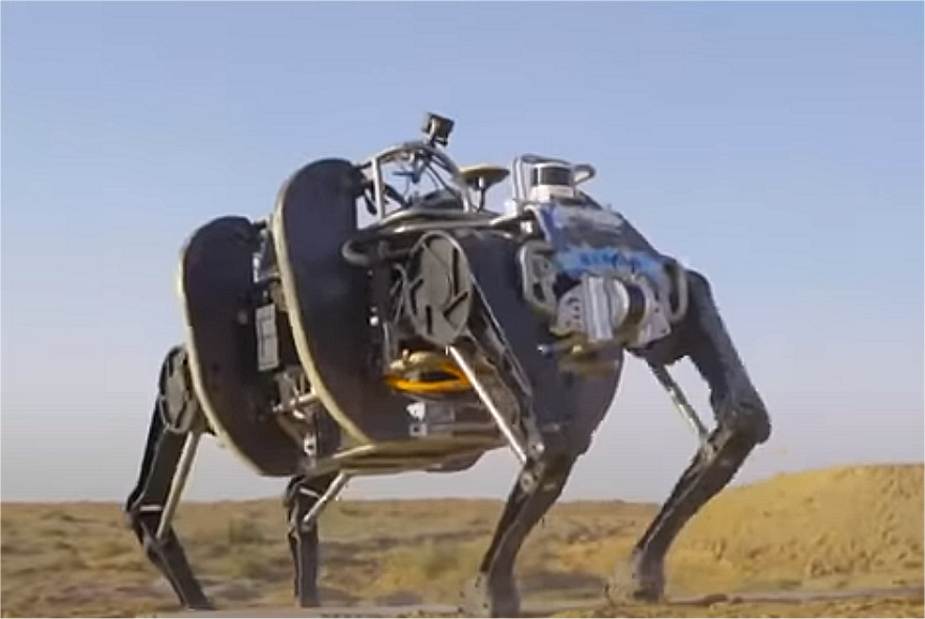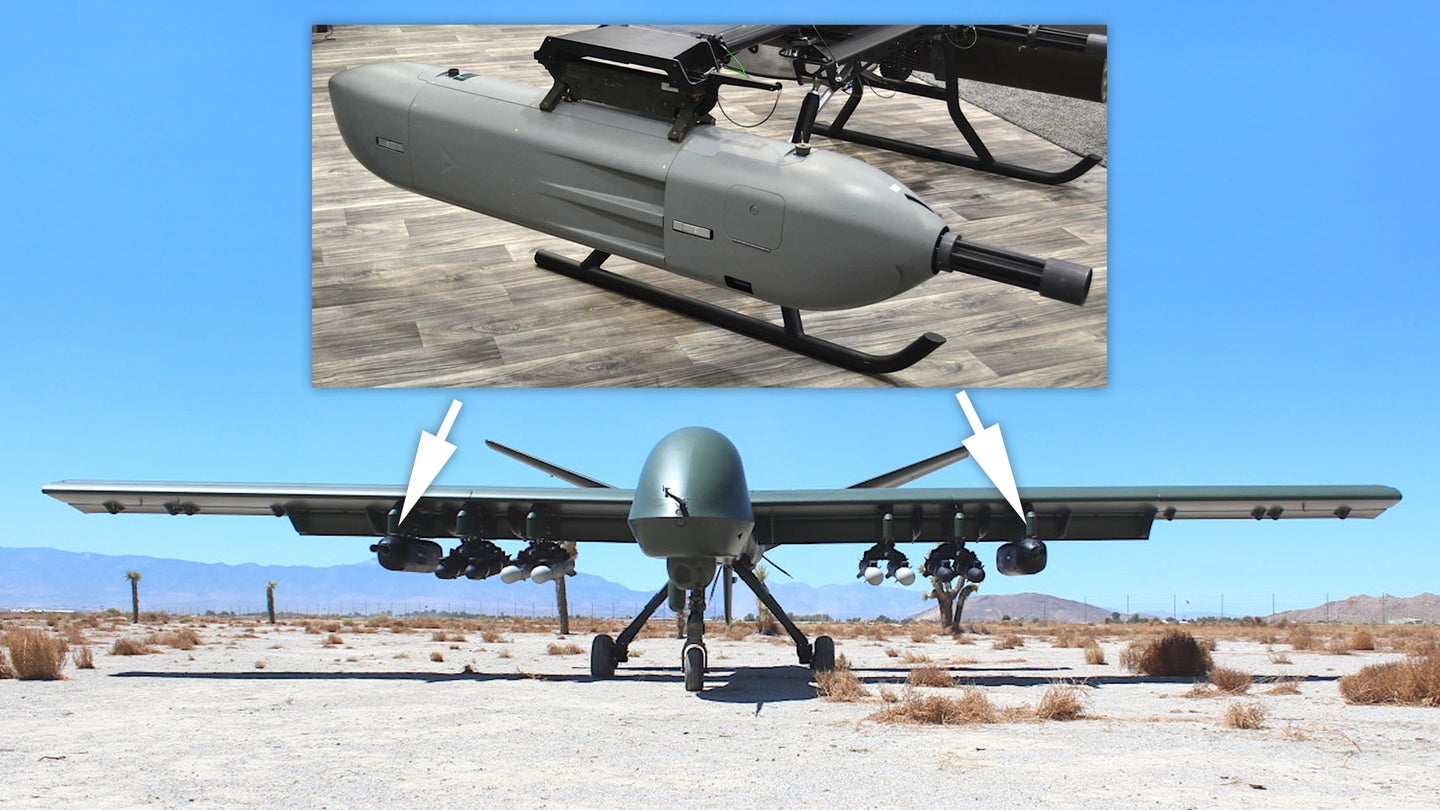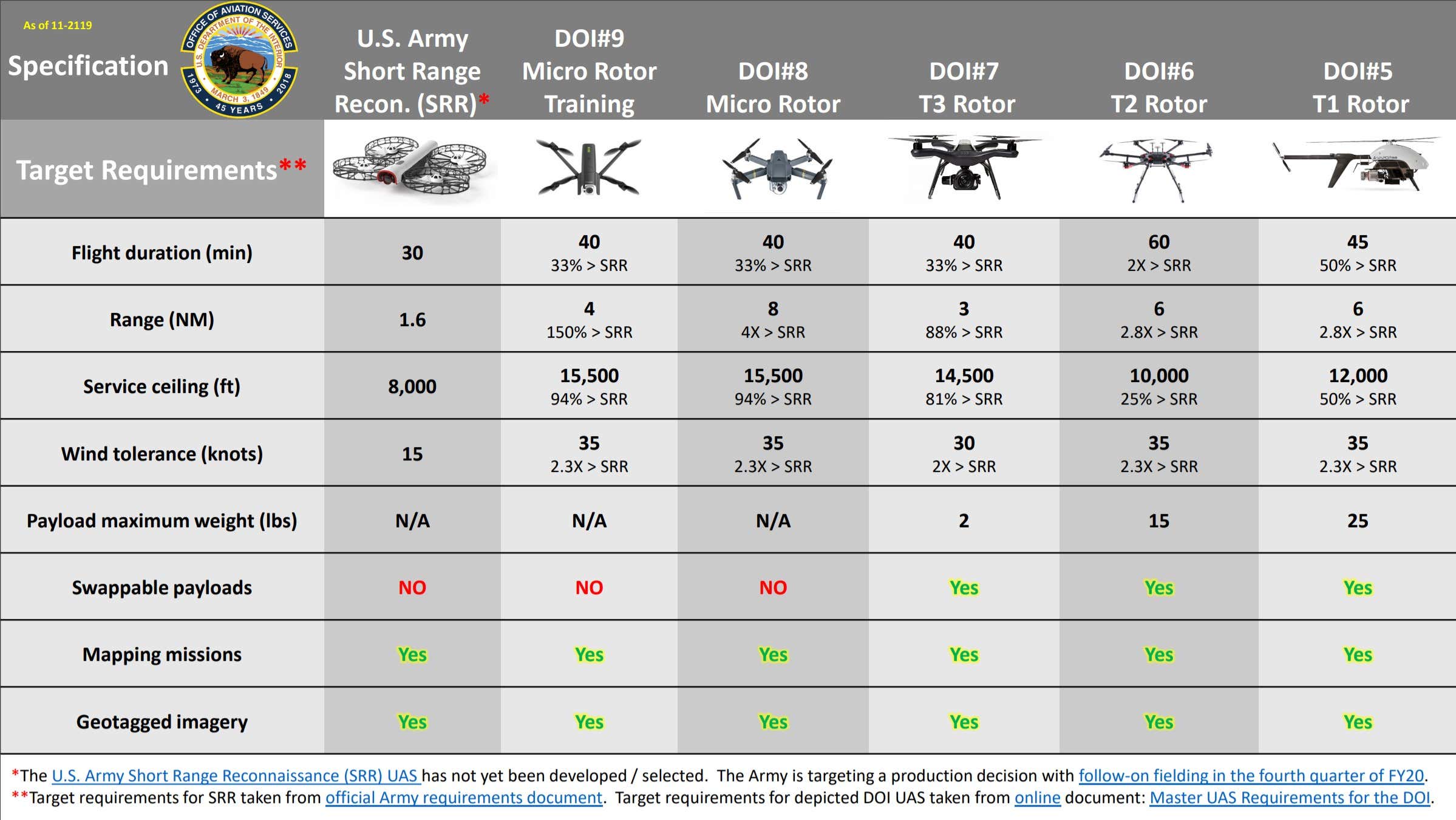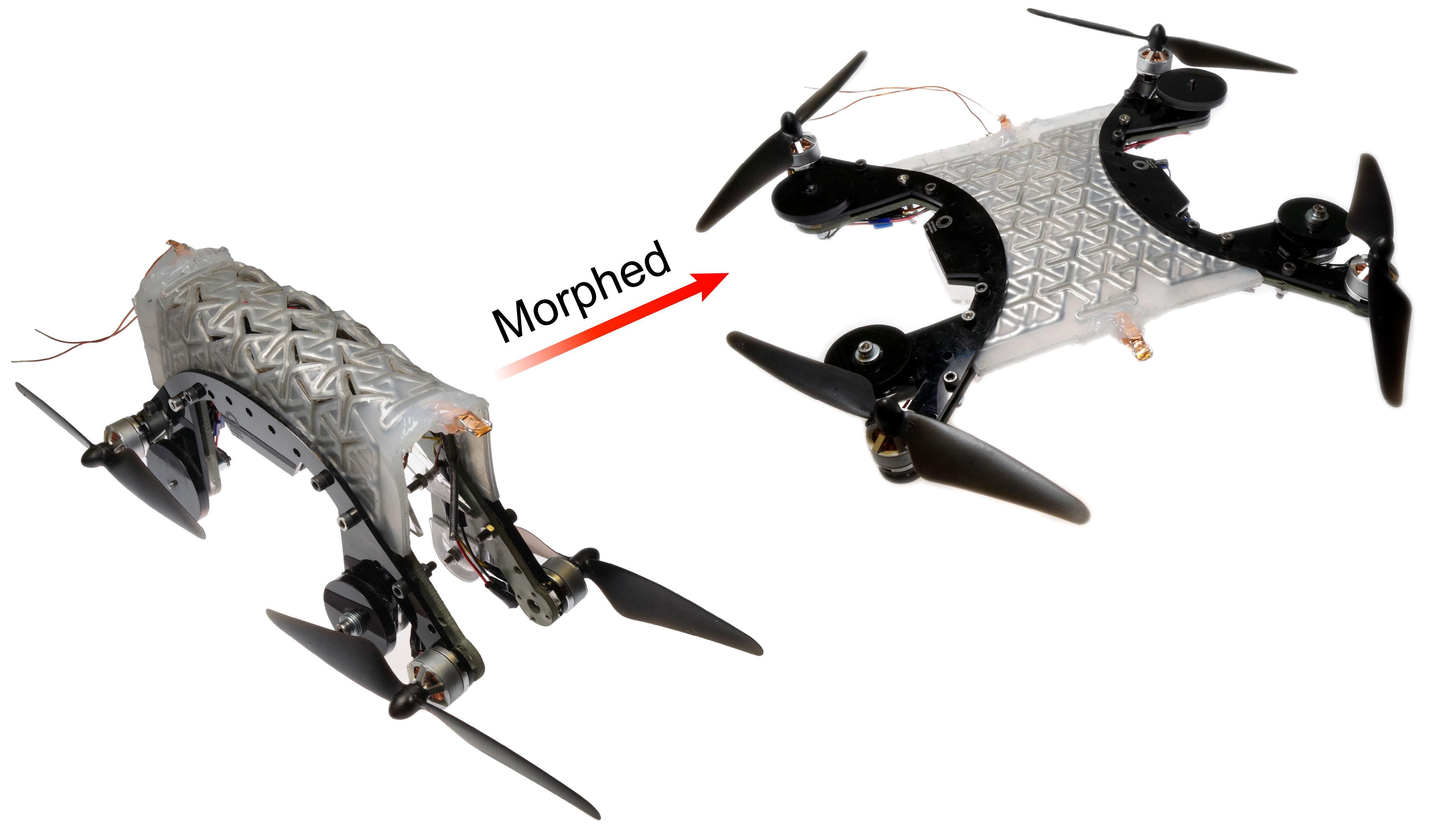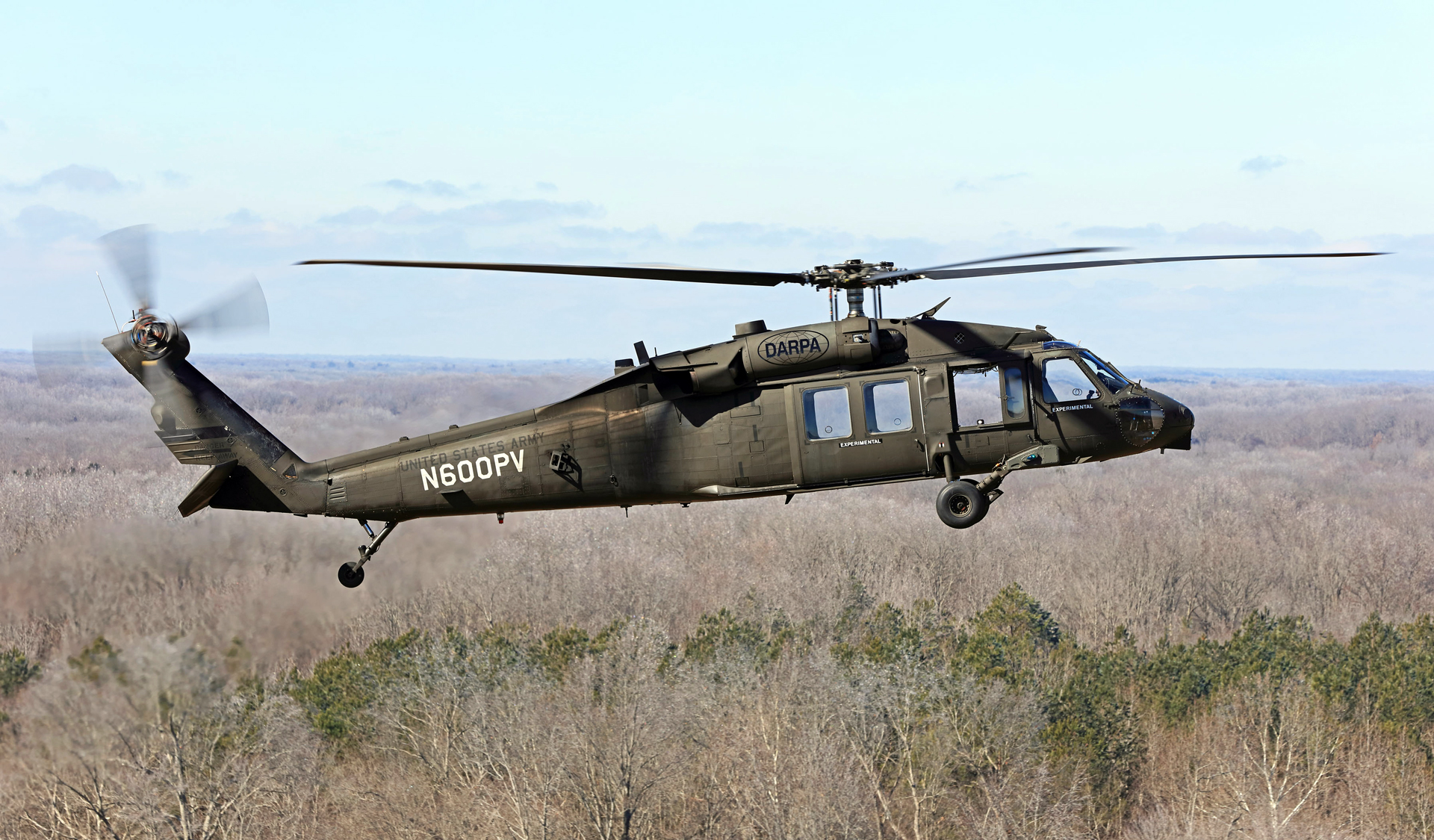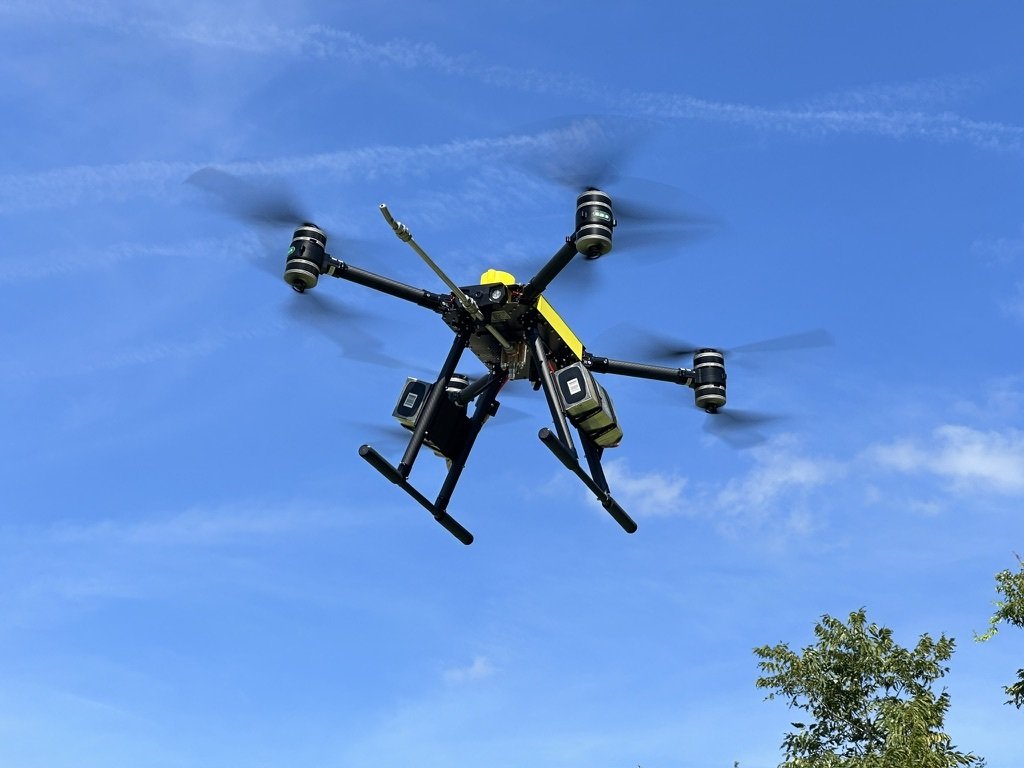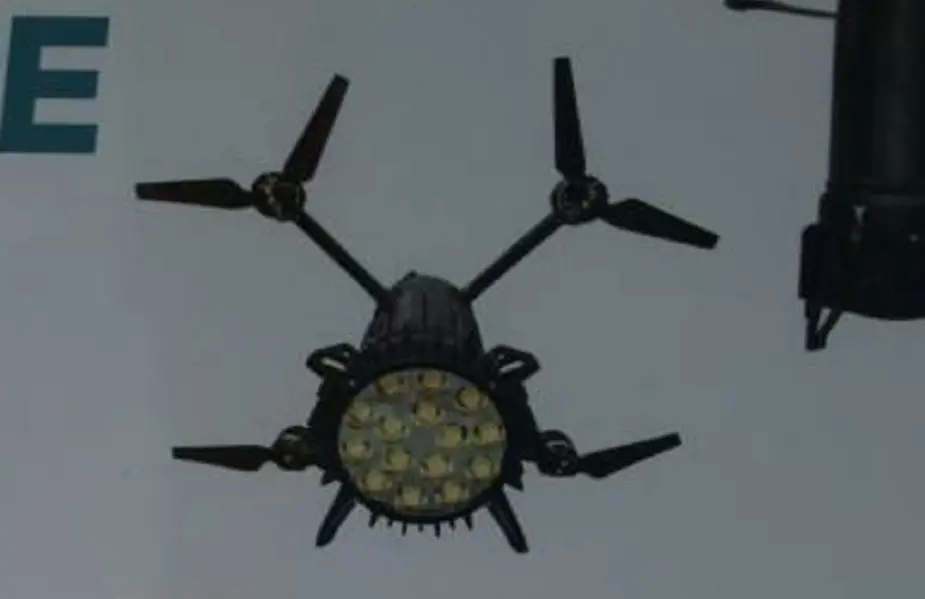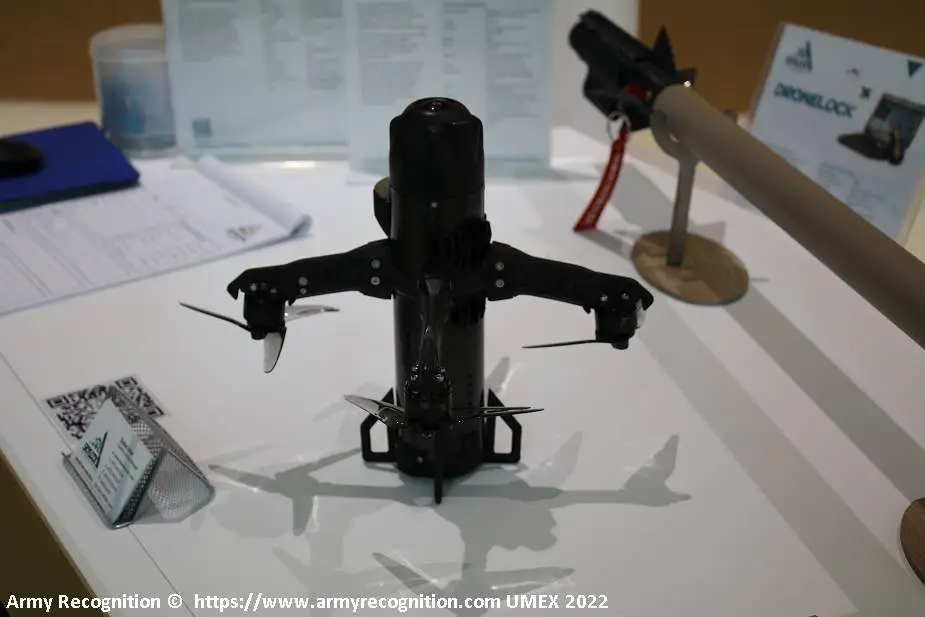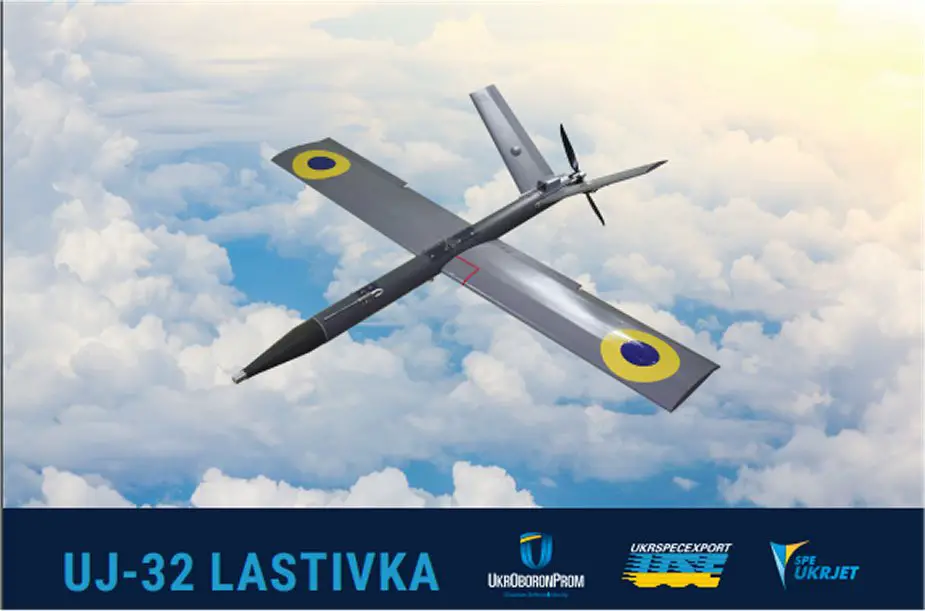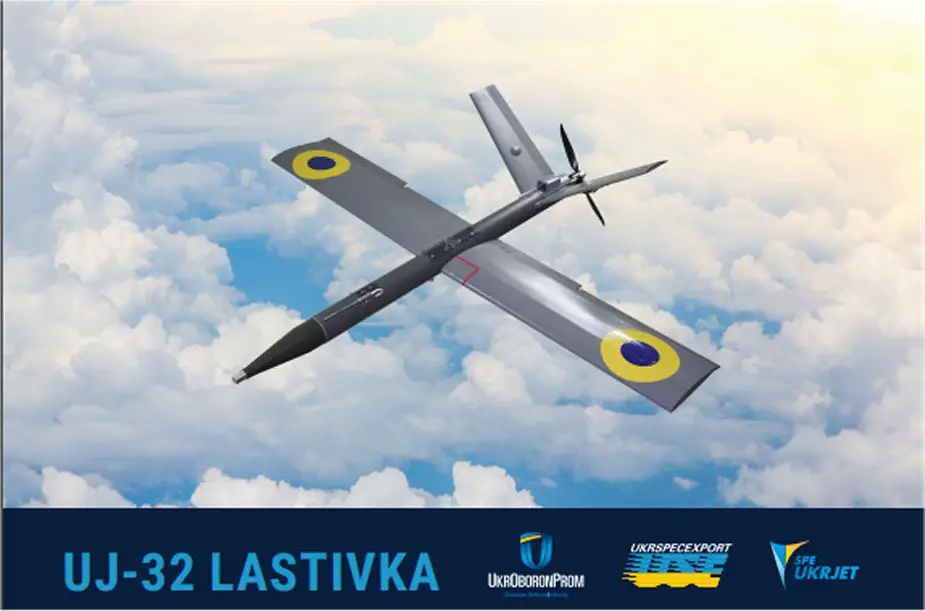DARPA anticipates running a series of field experiments in each phase of the RACER program. Each experiment will be 10 days long, and they’ll take place at six-month intervals, with the first kicking off in March of this year at the National Training Center in Ft. Irwin, Calif. The courses during Phase 1 experiments will likely be about 5 kilometers long, and DARPA describes them as “generally trail-less off-road natural terrain with vegetation, slope, discrete obstacles, and ground surface changes.” The vehicles should also be able to handle common environmental conditions, including “dusk/dawn, moderate dust, moderate rain/snow, light fog, natural shadows, lighting changes, and possibly exposure to night conditions.”
All that teams will get are a list of GPS coordinates reflecting course boundaries, route waypoints, and the end goal. Teams can use GPS to try to localize if they want to, but a GPS signal may not be available at all times. And when it is, it’ll be accurate to only +/- 10 meters. They can also use a topological map, but only at a resolution of 1:50,000. Otherwise, no external localization or preexisting information can be used, and maps from prior runs aren’t allowed either. To keep things achievable, DARPA will make sure that “multiple routes between waypoints will exist that can achieve RACER speed metrics when driven by a human driver.”
DARPA’s hope is that in Phase 1, teams will be able to demonstrate average autonomous speeds of 18 kilometers per hour with interventions required no more frequently than one every 2 km. Phase 2, using the APD, would be significantly more aggressive, with course lengths of 15 to 30 km or more, an average autonomous speed goal of 29 km/h, and interventions only once every 10 km. And if you’re wondering where these metrics come from, here’s what DARPA is looking for the autonomous vehicles to be able to do: “Maintain maneuver with manned combat vehicles at their
OPTEMPO [that is, "operations tempo"] speeds, specifically the M1 Abrams main battle tank.”

